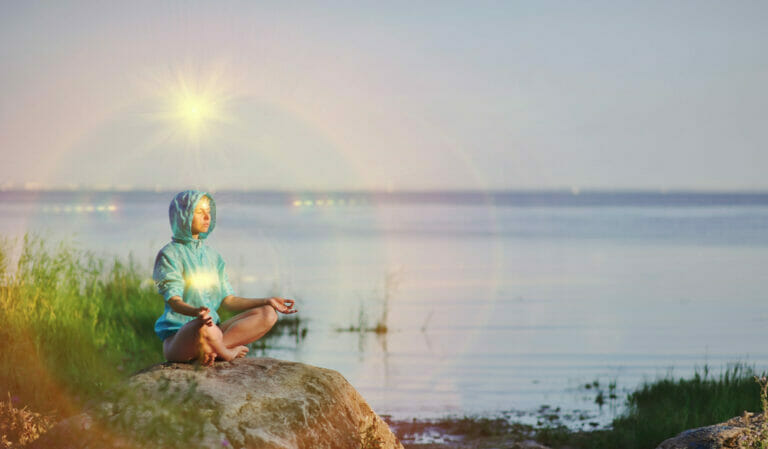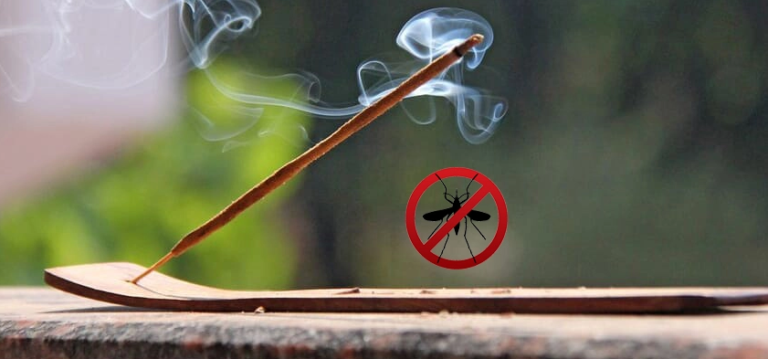Mahabrahma
The concept of Mahabrahma, also known as Brahma, is an intriguing subject to me, but it may be perceived as complex by some. It is referenced in various ancient texts of Buddhism and Hinduism.
This blog post aims to explain the concept of Mahabrahma as it is understood in Buddhism in comparison to Hinduism.
The concept of Mahabrahma, also known as Brahma, is a central aspect in the theories of the creation of the universe in both Buddhism and Hinduism.
In the Vedic tradition, Brahma is considered the creator of the world and the origin of the universe.
Did Buddha Himself Acknowledge the Concept?
In Hinduism, Brahma is one of the three main gods, collectively referred to as the Trimurti.
Hinduism was the dominant religion in India during the 6th century BC, when Buddhism was introduced to the subcontinent.
In the Indian subcontinent, Hinduism is also known as the “Sanātana Dharma” and is the oldest and most widely accepted religion in the region.
Gautama Buddha, the founder of Buddhism, was born a Hindu prince but became a Buddha through spiritual practice and self-discovery.
As a Buddha, he held a higher level of knowledge and influence compared to other deities. This made him well-equipped to explain the complexities of the universe.
Gautama Buddha also believed in the existence of a god-like figure named Mahabrahma, who was present during the creation of the universe and held a high position in Devaloka or Brahmaloka.
There are a number of suttas the Buddha mentioned about Mahabrahma, including:
- 1. Anguttara Nikaya (AN 10.29)
- 2. Kevatta Sutta: To Kevatta (DN 11)
- 3. Iti 22: Mettasutta etc.
Although Buddhism doesn’t recognize a creator deity, it recognizes the existence of powerful beings known as devas, including the Great Brahmā, or Mahabrahma.
Gautama Buddha was said to have been Mahabrahma in a past life, as mentioned in Mettasutta.
Devas are not all-powerful and reside in a designated realm called ‘arupa loka’ or Brahmaloka, with the most powerful ruler being Mahabrahma.
This plane is known as the Brahmaloka or Mahabrahma plane.
The Concept of Mahabrahma in Pali Canon
Buddhist teachings reject the notion of Mahabrahma as a creator God.
According to the Pāli Canon, Mahabrahma was once a brahma reborn in Brahmaloka during the vivartakalpa era.
He had forgotten his past life and, as the only deity in Brahmaloka, was mistaken as the creator of all things by other deities who later arrived there.
This belief was carried over to the mortal world when a former Brahmaloka inhabitant was reborn and, influenced by his past belief in Mahabrahma as a creator, continued to preach as such.
This led to the widespread acceptance of Mahabrahma as a creator among mortals and the birth of Sanātana Dharma.
The Pali Canon also mentions that Mahabrahma visited the Buddha several times to inspire him to teach the dharma.
Mahabrahma in Modern Times
As I mentioned earlier, Buddhists do not consider deities to be omnipotent, but they do hold them in the highest regard.
Mahabrahma images appear in Buddhist temples and monasteries all over the world. As shown in his images and sculptures, he has four faces and four arms, just like other Brahmans.
In Thailand, Mahabrahma is regarded as the protector of good fortune and of Buddhist teachings. Mahabrahma is known as Phra Phrom or Brahma Sahampati in Thailand.
The sculptures and paintings of Phra Phrom are found in a number of other Buddhist countries as well, including Malaysia, Indonesia, Singapore and China.
Mahabrahma’s Way of Living
According to Buddhist beliefs, Mahabrahma lives in Brahmaloka with his followers, the Brahmas, who possess supernatural qualities.
They have a body different from humans, lacking touch, smell, and taste, and are smaller than an atom. Despite this, they can still observe and hear the mortal world.
They are genderless, unaffected by lust, and live in immense bliss.
To attain reincarnation in Brahmaloka, one must have good karma from performing good deeds.
Additionally, only those who have developed abhinna powers through practicing metta (loving kindness) in their current life can be born in the Brahma realm in their next life.
It is important to note that the Buddhist teachings reject the idea of Mahabrahma as a creator God.
Mahabrahma and Buddhas
Brahmas possess god-like qualities, but they lack the knowledge and wisdom of Buddhas.
The beings in pure abodes and arahants are also superior in these aspects.
While Brahmas may reside in Brahmaloka and appear to live in a perpetual state of bliss, they are still subject to rebirth and cannot escape the cycle of birth and death.
In contrast, Buddhas have ended suffering permanently through their enlightenment and have transcended the cycle of birth and death.







